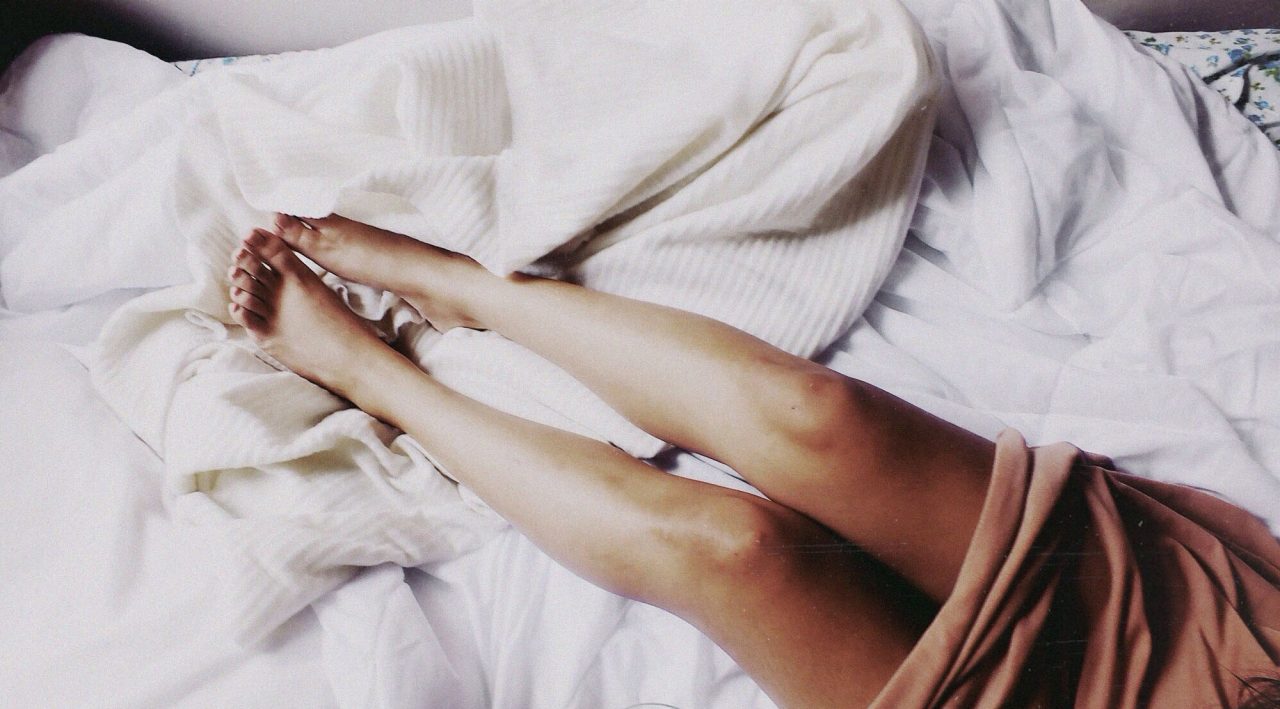Periodic Limb Movement Disorder

The brief muscle twitches and jerking movements of periodic limb movement disorder in your legs can last between a few minutes to several hours. Learn more.
Pam Richter didn’t know she tossed and turned at night, even when her movements often became violent. She’d thrash and occasionally kick her husband. She’d wake up in the middle of the night feeling exhausted and had no memory of moving around while she slept. During the day, she felt sleep deprived. Her husband urged her to see a doctor.
To keep the peace in her marriage, she scheduled an appointment. That’s when she learned she may have periodic limb movement disorder (PLMD), the only movement disorder that occurs when you sleep. Movements can often wake you up, too.
YOU MIGHT ALSO LIKE: What Is Restless Legs Syndrome?
It’s different from restless legs syndrome, even though some of the symptoms are similar. Approximately 80 percent of Americans with restless legs syndrome have periodic limb movement, but those with periodic limb movement don’t suffer from restless legs syndrome.
Periodic limb movement is a sleep disorder that affects mostly middle-aged and older adults. But younger people can have it, too.
What causes periodic limb movement disorder?
The cause for primary periodic limb movement disorder is unknown. Secondary periodic limb movement disorder, however, is caused by other medical problems such as diabetes, iron deficiency, spinal cord injuries, sleep apnea, narcolepsy, poor kidney function, and reactions to certain medications.
Most people who have periodic limb movement disorder are troubled by poor sleep at night and exhaustion during the day. Since this occurs while you sleep, you may not be aware that you have it. Most people hear about it from their partners
Symptoms of periodic limb movement disorder
Symptoms include uncontrollable movements of the knee, ankle, and other limbs. It’s possible that these movements can involve kicking and thrashing. Some can last as short as two seconds, while others last up to several hours. They can occur every 20 to 40 seconds.
If you think you have periodic limb movement disorder, talk to your doctor. While there’s no test to tell if you have primary PLMD, your doctor can look for underlying causes for your sleep problems.
You may have a blood test to check your blood cell count, hemoglobin, organ functions, and thyroid levels. Urine tests are also used to see if there are any traces of drugs that are causing your sleep problems. Your physician may also suggest that you visit a neurologist to rule out other nervous system disorders that may be masking this disorder.
Talk to your physician about getting a polysomnography, a sleep study that’s done in a sleep lab. Technicians will monitor your sleep and observe your moments.
If your doctor determines that you have periodic limb movement disorder, he might prescribe medication that reduces the movements and help you sleep. Many of the medications that are prescribed also treat restless legs syndrome.
Drugs to treat periodic limb movement disorder
- Dopaminergic agents: These drugs increase levels of dopamine in your brain. This helps reduce leg and other muscle movements.
- Benzodiazepines: These forms of sedatives suppress muscle contractions and help you sleep through the night. Benzodiazepines are the most prescribed drug for PLMD.
- Anticonvulsant agents: The most widely used anticonvulsant medicine is gabapentin, better known by its brand name Neurontin. It works by reducing muscle contractions.
- GABA agonists: These drugs inhibit the release of certain neurotransmitters and cause your limbs to relax, thus curbing muscle contractions. Lioresal (the brand name) is the most commonly prescribed.
If you think you have periodic limb movement disorder, your doctor can help.
Updated:
April 08, 2020
Reviewed By:
Janet O’Dell, RN